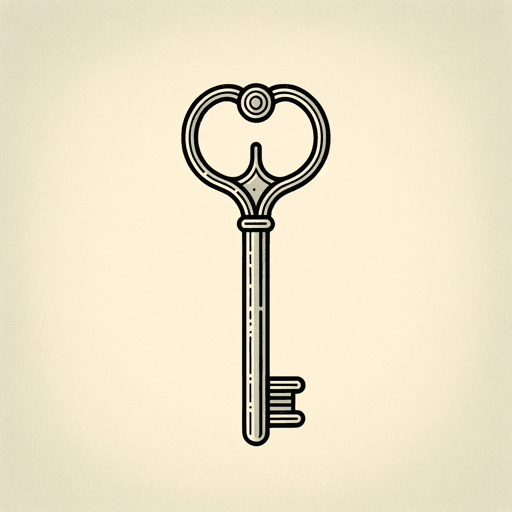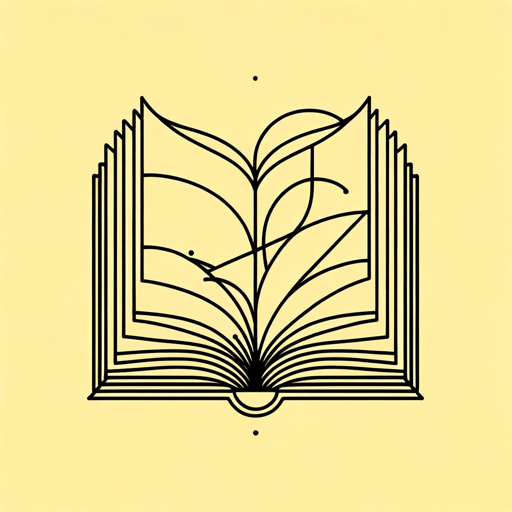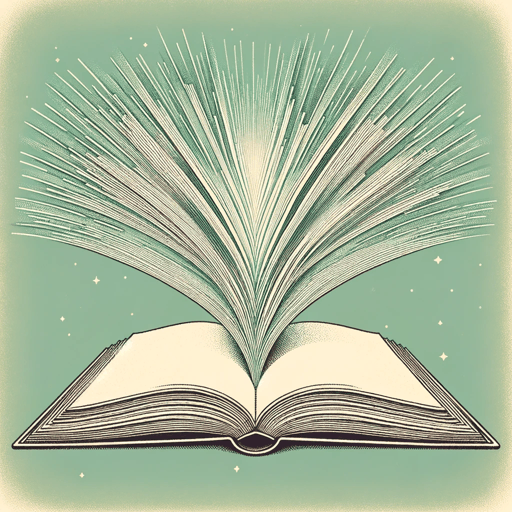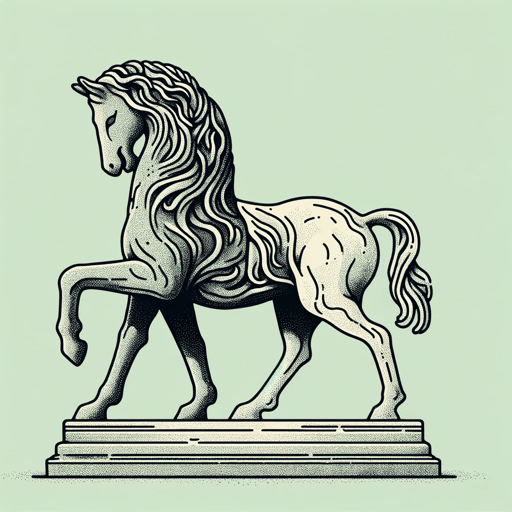33 pages • 1 hour read
Jorge Luis BorgesThe Garden of Forking Paths
Fiction | Short Story | Adult | Published in 1941A modern alternative to SparkNotes and CliffsNotes, SuperSummary offers high-quality Study Guides with detailed chapter summaries and analysis of major themes, characters, and more.
Themes
The Nonlinearity of History and Time
Dr. Albert illuminates Tsun’s past and explains his ancestor’s mysterious creation, the labyrinth-novel called The Garden of Forking Paths—“an enormous guessing game, or parable, in which the subject is time” (219). Borges uses Albert’s analysis of Ts’ui Pên’s novel to analyze his own story from within the story itself. With its parallels and contradictions, the story of the same name must concern itself with the same question of time.
According to Albert, Ts’ui Pên rejected traditional, linear concepts of time, embracing instead the idea that many intersecting worlds exist simultaneously, webs of experience that share some events and characters but not others. Each instance of conjuncture branches into multiple directions, creating infinite possible futures. The narrative itself in “The Garden of Forking Paths” echoes this idea in its layered structure: We hear from Ts’ui Pên through Albert, reading his own translation. We hear Albert’s account through Tsun’s deposition, a confession he spoke to a transcriptionist before his execution, which has already happened by the time the transcript is published. The deposition’s transcript, the main body of the story, appears as a fragment within a work by Captain Liddell Hart—a work ostensibly quoted from by Jorge Luis Borges, author of this story that begins with a dedication to another historical figure and Borges’s close friend, the writer Victoria Ocampo.
Related Titles
By Jorge Luis Borges

Borges and I
Jorge Luis Borges

Ficciones
Jorge Luis Borges

In Praise of Darkness
Jorge Luis Borges

Pierre Menard, Author of the Quixote
Jorge Luis Borges

The Aleph
Jorge Luis Borges

The Aleph and Other Stories
Jorge Luis Borges

The Book of Sand
Jorge Luis Borges

The Circular Ruins
Jorge Luis Borges

The Library of Babel
Jorge Luis Borges

